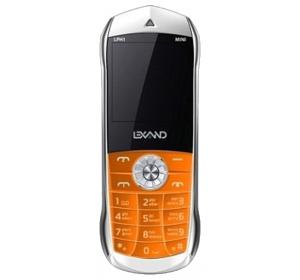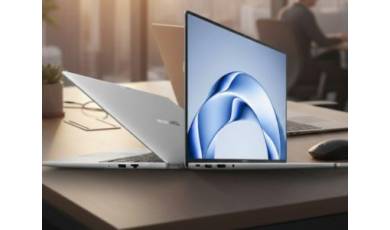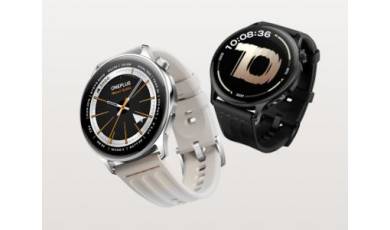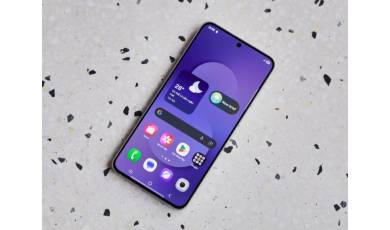Lexand Mini(LPH1) specs.
Mobiles >> LEXAND >> Lexand Mini(LPH1)| Specifications | Reviews | Secret codes |

General characteristics LEXAND Mini(LPH1)
Band:
GSM 900/1800/1900
Type:
telephone
Case type:
classic
Management:
navigation key
The number of SIM-cards:
2
The mode of operation of multiple SIM cards:
alternate
Weight:
75 g
Dimensions (Shvat):
39x93x15 mm
Screen LEXAND Mini(LPH1)
Screen type:
color
Screen Size: This diagonal display size is usually measured in inches.
This diagonal display size is usually measured in inches.
1.44 inches.
Image size:
144x176
The number of pixels per inch (PPI):
158
Calls LEXAND Mini(LPH1)
Type of melodies:
polyphonic, MP3 ringtones
Vibrating alert:
yes
Multimedia features LEXAND Mini(LPH1)
Camera:
0.30 million pixels.
Recording movies:
yes
Audio:
MP3
Communication LEXAND Mini(LPH1)
Interfaces:
Bluetooth
Internet access:
no
Memory and CPU LEXAND Mini(LPH1)
Memory card support:
microSD (TransFlash), up to 32 GB
Power LEXAND Mini(LPH1)
Battery capacity:
400 mAh
Additional information LEXAND Mini(LPH1)
Equipment:
telephone cable, USB cable, earphones, network, memory, quick start guide
Comments, Questions and Answers about Lexand Mini(LPH1)
Ask a question about Lexand Mini(LPH1)






